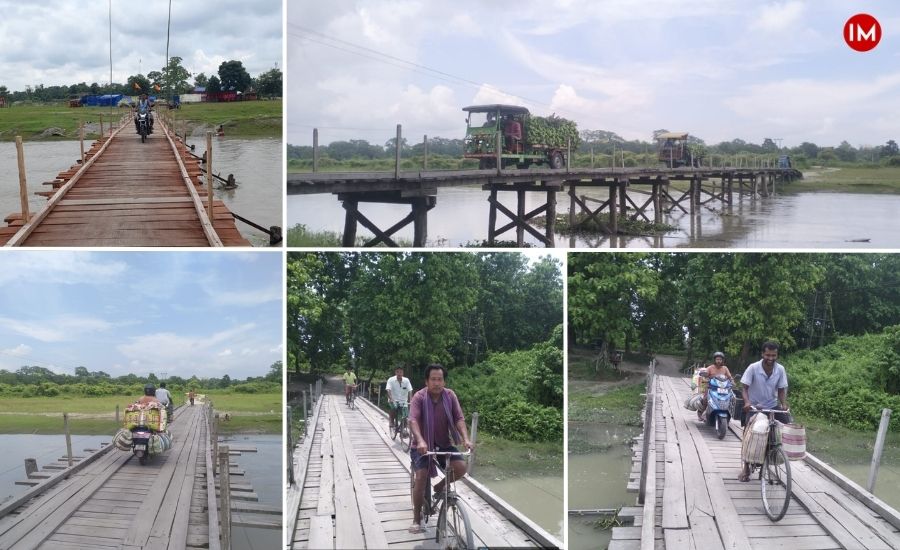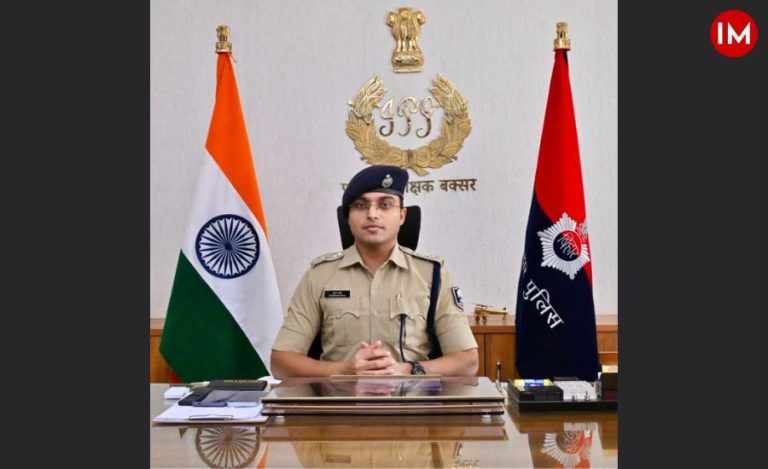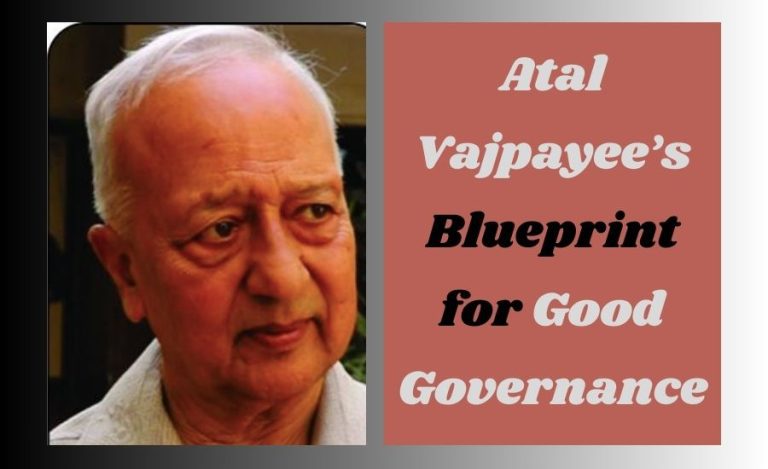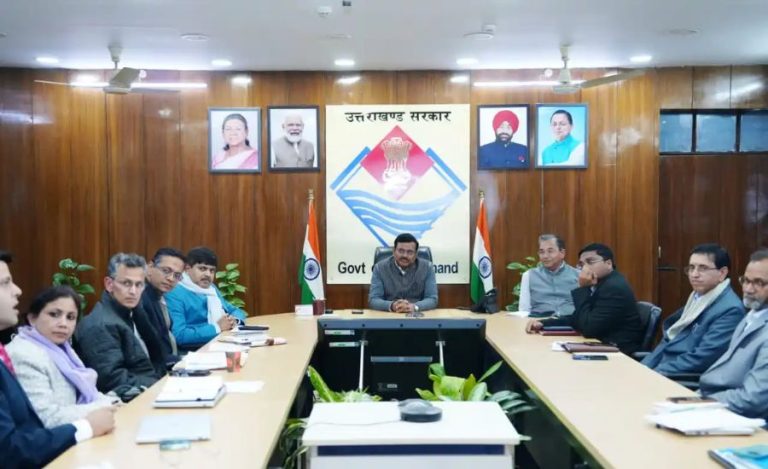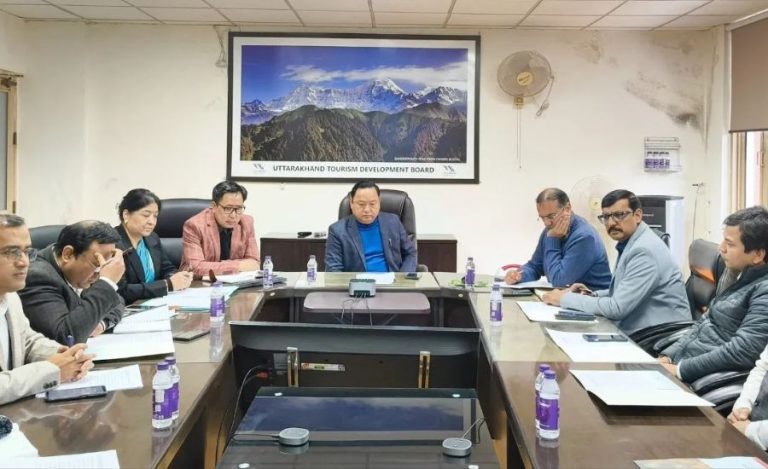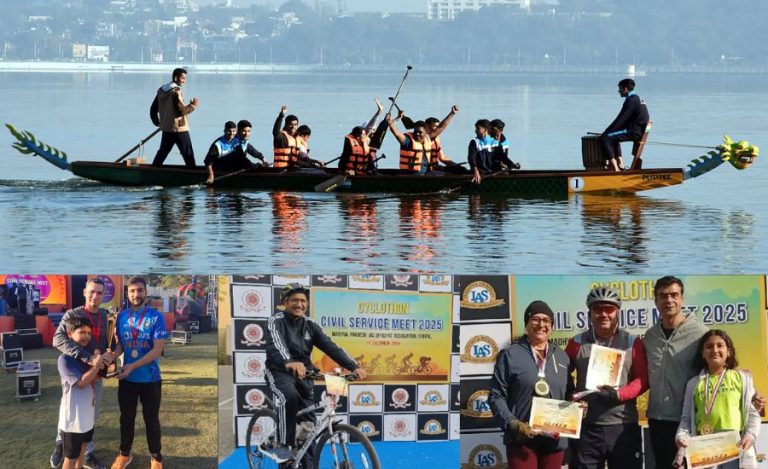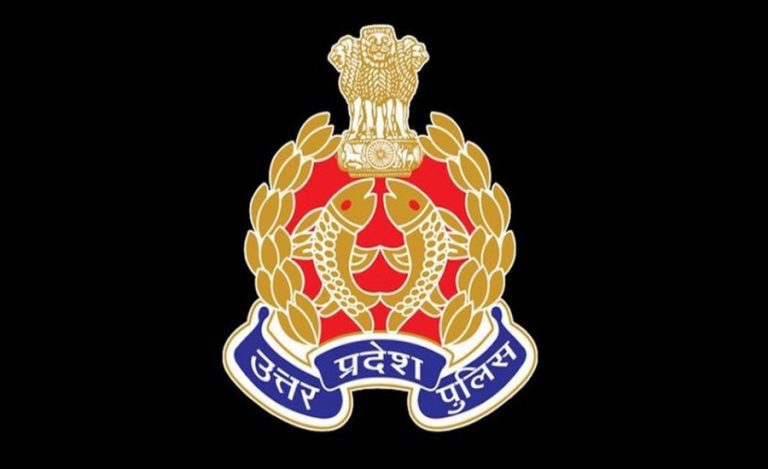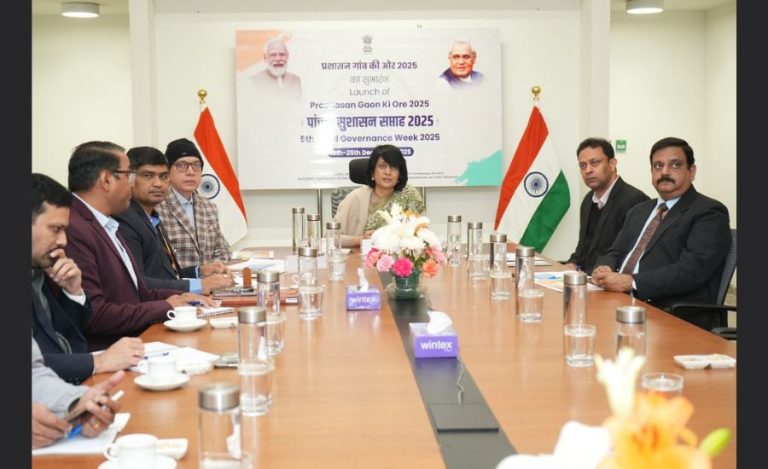In the remote, forest-clad corners of West Bengal’s Alipurduar district, two tribal villages—Balapara and Bittibari—spent decades cut off from the outside world, their lives dictated by the ebb and flow of the River Sankosh. Here, within the Buxa Tiger Reserve’s East Division, something as simple as crossing the river was once a daily gamble. Without sturdy bridges, residents relied on small boats and makeshift crossings, often braving floods, wild animals, and long detours just to reach a school, a hospital, or the nearest market. But in recent years, a collaborative effort between the community and the Forest Department has changed that story—turning isolation into connection and hardship into opportunity.
Years of Isolation and Struggle
For more than 20 years, the absence of reliable bridges left residents dependent on small boats and dinghies to cross the river. Wooden structures that once linked the villages to the mainland had been destroyed by floods in the late 1990s, and no replacements followed. This setup complicated daily routines: vehicles, including ambulances and school vans, could not enter. During the monsoon season, rising waters isolated the villages entirely, blocking all movement.
Such conditions affected access to healthcare, education, and markets. Residents also dealt with increased encounters between people and wildlife in the surrounding forests, as travel often required walking through dense paths.
Community-Driven Bridge Building
Indian Forest Service officer Debashish Sharma, from the 2014 batch of the West Bengal cadre, played a key role in addressing these issues. As the Divisional Forest Officer for the Buxa Tiger Reserve East Division, Mr Sharma worked closely with local groups to plan and execute the bridge projects.
The first project focused on Balapara in 2023–24. The village maintains an active Joint Forest Management Committee (JFMC), which collects 40% of the revenue from ecotourism in the reserve. Using part of these funds, combined with financial, technical, and logistical aid from the Forest Department, the community built a 50-metre wooden bridge from legally sourced timber. This structure provided a stable crossing capable of handling foot traffic and light vehicles year-round.
Building on this effort, the second bridge came to Bittibari in 2024–25. Similar funding from JFMC ecotourism shares and department support enabled the construction of another wooden bridge. Like the one in Balapara, it offered consistent access regardless of weather.
Transforming Daily Life and Safety
“These bridges have altered daily life in both villages. Ambulances now reach patients in under 30 minutes, a sharp contrast to previous delays that could stretch for hours or days. School vans transport children without the risks of boat crossings, allowing more consistent attendance. Villagers carry produce directly to markets, increasing their earnings by cutting out intermediaries and reducing spoilage,” Mr Sharma shared with Indian Masterminds.
In terms of wildlife interactions, the bridges have lessened the need for foot travel through animal habitats. People move more quickly and safely, avoiding areas where elephants or tigers might roam.
A Sustainable Model for the Future
The initiatives reflect a collaborative method where local input drives development. JFMCs manage funds from activities like guided tours and homestays, directing them toward infrastructure that supports both people and the environment. The Forest Department provides expertise on materials and construction to meet ecological standards, ensuring the bridges blend with the reserve’s goals.
Data from the reserve shows ecotourism revenue has grown steadily, providing a stable base for such works. In 2023, the JFMCs in the area collected over several lakhs, a portion of which funded the bridges. This model ties economic gains to conservation, as healthier forests attract more visitors.
Looking ahead, Mr Sharma sees potential for expansion. “We’ve started talks about similar projects in nearby areas,” IFS Debashish sharma shared in a conversation with Indian Masterminds. “The key is maintaining this partnership—communities managing resources while we handle regulations and technical sides.”
The bridges in Balapara and Bittibari demonstrate how targeted actions can connect isolated groups to essential services. By combining local funds with official support, the projects address immediate needs while promoting sustainable practices. Residents now enjoy improved healthcare response times, safer education routes, better economic prospects, and fewer wildlife conflicts.
IFS Debashish Sharma sums it up: “What we’ve achieved here is a step toward inclusive growth in tiger reserves. It proves that with cooperation, we can solve long-standing problems without compromising the habitat.”

